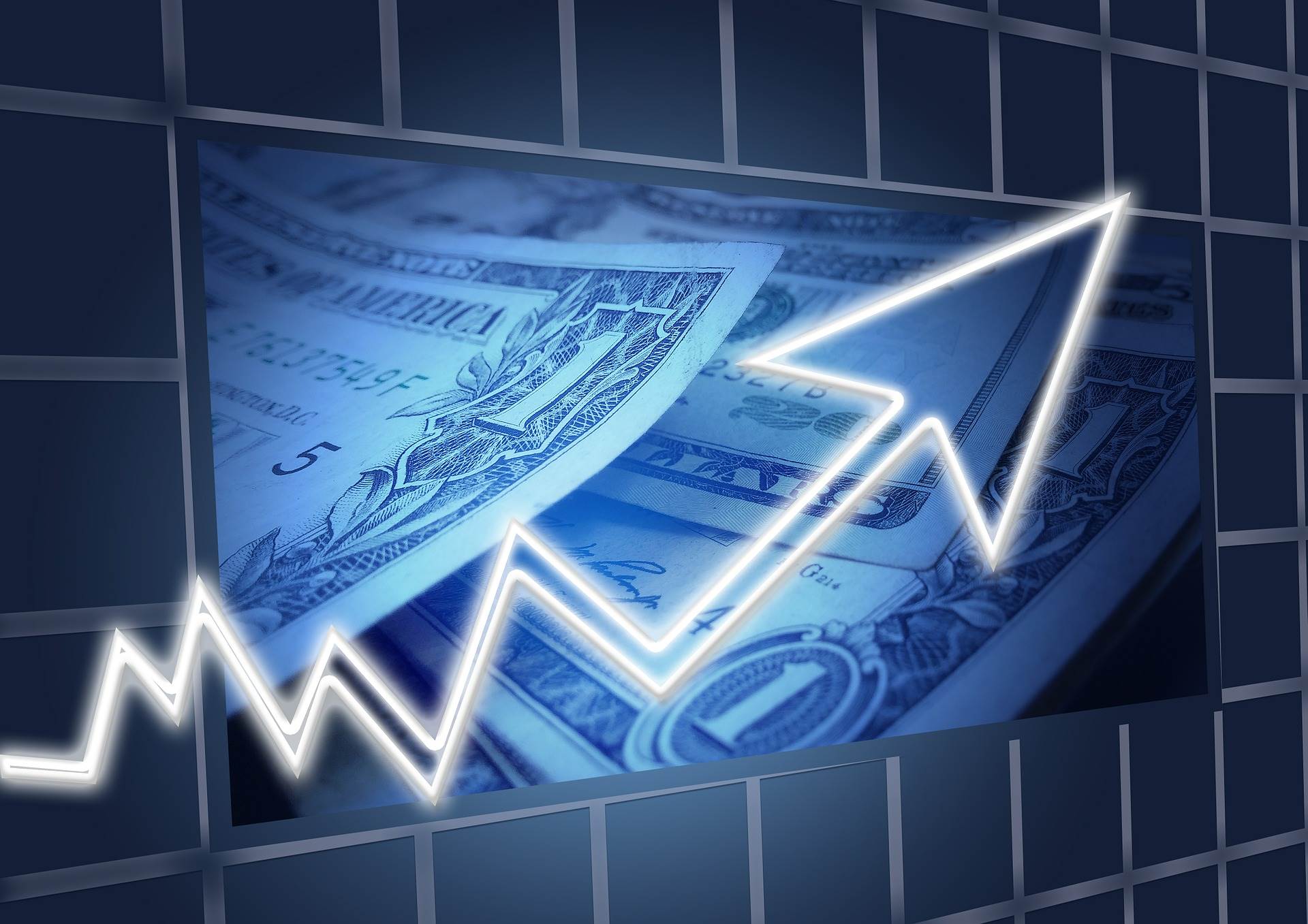 The U.S. dollar hit a two-year high after Federal Reserve Chairman Jerome Powell announced a quarter-point interest rate cut, bringing the benchmark lending rate to between 2 and 2.25 percent as expected. In his announcement, Powell took a stance that was less dovish than expected, explaining that the move to lower interest rates was made in an effort to adapt to current economic conditions, not as an indication that a cycle of rate cuts has begun.
The U.S. dollar hit a two-year high after Federal Reserve Chairman Jerome Powell announced a quarter-point interest rate cut, bringing the benchmark lending rate to between 2 and 2.25 percent as expected. In his announcement, Powell took a stance that was less dovish than expected, explaining that the move to lower interest rates was made in an effort to adapt to current economic conditions, not as an indication that a cycle of rate cuts has begun.
The response to Powell’s comments spurred a sell-off on Wall Street, ending with all three benchmark indexes closing sharply lower. The sentiment extended into Thursday morning’s Asian trading session, with most benchmark indexes trading lower in early trade. Japan’s Nikkei 225 was flat as of 10:41 a.m. HK/SIN. The Shanghai Composite eased 0.52 percent and the Shenzhen Composite was down 0.36 percent. Hong Kong’s Hang Seng Index was down 0.49 percent. Australia’s ASX 200 was also in the red, trading down 0.19 percent.
According to reports by CNBC, an interest rate hike may signal long-term trouble for stock markets. rates The Fed’s last interest rate cut, in September 2007, was only one month before the peak of the previous bull market, and the cut prior to that was also in a time when the market was off its peak. Though the S&P 500 has hit several historic highs in recent weeks, its turnaround on Wednesday may be a sign that additional declines are coming.
Currency Movements
Powell’s comments, perceived by some analysts as hawkish, may not have been good for global stock markets, but the dollar reacted positively to the news, soaring to fresh two-year highs. The index was last trading up 0.30 percent to 98.81 .DXY. The index closed July up 2.5 percent. The greenback surged 0.35 percent against the yen to 109.12. Both the euro and the pound slumped against the dollar, down 0.24 percent and 0.25 percent respectively, with the pound hovering near two-year lows. The euro also saw fresh lows, trading at $1.1049, near lows last hit in May 2017.
The rate cut wasn’t as significant as President Trump would have liked, but according to analysts it was still enough to support long-term economic expansion which will likely keep the dollar strong.
